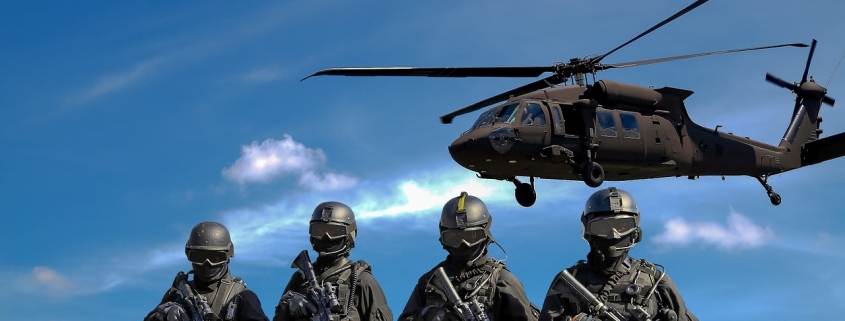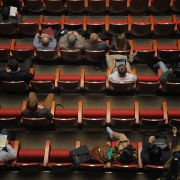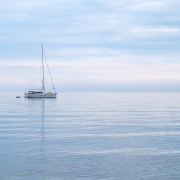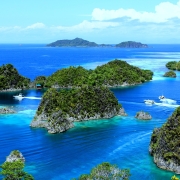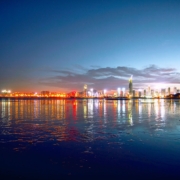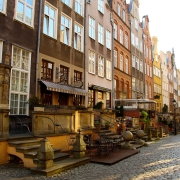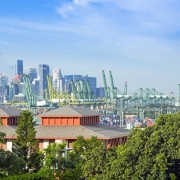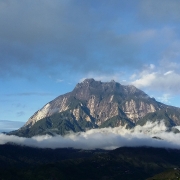What was the Congo Crisis?
What was the Congo Crisis?
Topic of Study [For H1/H2 History Students]:
Paper 1: Safeguarding International Peace and Security
Section B: Essay Writing
Theme III Chapter 2: Political Effectiveness of the UN in maintaining international peace and security
The Congo Crisis (5 Jul 1960 – 25 Nov 1965) was considered a proxy war in the Cold War era that lasted till 1991. Generally, it was an internal conflict between the Republic of the Congo (supported by USA and the UN) and secessionist states of Katanga and South Kasai (backed by the Soviet Union and Belgium). With the support of the United Nations, the Republic of the Congo succeeded in preventing the secession of Katanga and South Kasai. However, any semblance of political stability in Congo was absent as Coloniel Joseph-Désiré Mobutu took over and established a dictatorship that lasted until 1997.
In the following section, we will identify the challenges to understand the implications on the political effectiveness of the United Nations (UN) peacekeeping operations.
1. [Belgium, South Kasai and Katanga] The prelude to a crisis
Following the declaration of Congo’s independence from the Belgium colonials on 30 Jun 1960, many internal problems began to surface.
On 5 Jul 1960, a mutiny broke out, involving the army of the newly-independent Congo and the Belgians. In response, the Belgian government deployed military personnel into Congo to defend its fleeing citizens. Additionally, Katanga (led by Moïse Tshombe) and South Kasai undertook secessionist efforts with the support from the Belgians.
The Congolese government, which was led by Prime Minister Patrice Lumumba, objected to foreign intervention, given its newly-earned sovereign rights. As such, he requested aid from the UN. Although the UN Secretary-General Dag Hammarskjöld deployed UN peacekeepers (United Nations Force in the Congo – ONUC), he stated clearly that these troops would not be used to support Lumumba’s political agenda of preventing the secession as the UN was hamstrung by the neutrality principle.
2. [Soviet Union] Cold War expansion
The outraged Lumumba then turned to the Soviet Union, which sent its military advisors to Congo. However, the incompetence of the Lumumba government in handling the internal problems as well as the reliance on a new external power had caused an internal political disunity.
As a political deadlock between Prime Minister Lumumba and President Joseph Kasavubu was evident, Colonel Mobutu led the Congolese army and launched a coup d’état. Mobutu formed the new government and quickly removed the Soviet advisors.
Eventually, the deposed Lumumba was captured and executed in 1961. Khrushchev of the Soviet Union blamed the UN for the death of Lumumba and demanded the resignation of the UN Secretary-General as well as the replacement of the position with a troika – a three-man executive that held the power of veto. Dag Hammarskjöld responded diplomatically, earning a standing ovation from many delegates in the UN General Assembly.
However, while Hammarskjöld was on board an aircraft to oversee the ceasefire negotiations with Tshombe of Katanga, he died in a plane crash on 18 Sep 1961. Abruptly, U Thant was thrust into position as the new UN Secretary-General.
3. [United Nations] Knee-deep military intervention
In contrast to Hammarskjöld’s cautious diplomatic attempts, U Thant undertook a different approach that increased the UN involvement in the conflict between the Congolese government and the secessionists.
On 24 Nov 1961, the UN Security Council passed Resolution 169, which concluded that external intervention was necessary for conflict resolution to be achieved. U Thant was authorized to employ any necessary measures to end the secession in Katanga. Clearly, the notion of neutral peacekeeping was thrown out of the window.
The UN took on a new approach of ‘peace enforcement’, as illustrated by Operation Grandslam (Dec 1962 – Jan 1963), which involved a direct military offensive against the secessionists in Katanga. Their efforts had finally paid off, but at great cost. The UN had succeeded in fulfilling its mandate.
What was the outcome?
After the Katanga secession came to an end, the Congolese government sought to restore social and political stability. However, the peace was short-lived due to the Simba and Kwilu rebellions in 1964. This time, Colonel Mobutu stepped in and ruled Congo, which was then renamed as ‘Zaire’ in 1971.
What can we learn from this case study?
Consider the following questions to understand the case study better:
– What were the obstacles that hindered UN peacekeeping efforts during the Congo Crisis?
– Comparing the actions of Dag Hammarskjöld and U Thant, what were the defining qualities of a UN Secretary-General that would determine the effectiveness of the UN in the Congo Crisis? [to be discussed in class]
The H2 and H1 History Tuition feature online discussion and writing practices to enhance your knowledge application skills. Get useful study notes and clarify your doubts on the subject with the tutor. You can also follow our Telegram Channel to get useful updates.
We have other JC tuition classes, such as JC Math Tuition and JC Chemistry Tuition. For Secondary Tuition, we provide Secondary English Tuition, Secondary Math tuition, Secondary Chemistry Tuition, Social Studies Tuition, Geography, History Tuition and Secondary Economics Tuition. For Primary Tuition, we have Primary English, Math and Science Tuition. Call 9658 5789 to find out more.

